Jump to:
1. Mark Twain
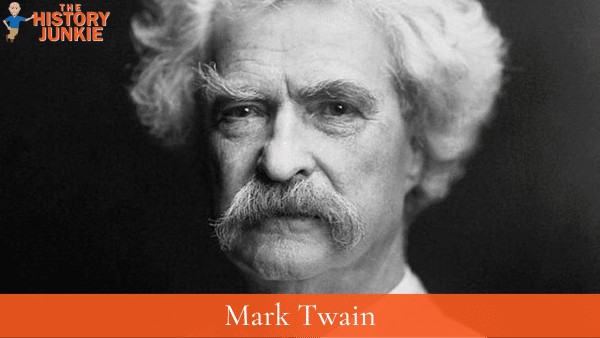
Mark Twain was an American writer, humorist, entrepreneur, publisher, and lecturer. He was praised as the "greatest humorist the United States has produced," and William Faulkner called him "the father of American literature."
His novels include The Adventures of Tom Sawyer and its sequel, Adventures of Huckleberry Finn, the latter of which has often been called the "Great American Novel."
Twain was born Samuel Langhorne Clemens in Florida, Missouri. He grew up in Hannibal, Missouri, on the Mississippi River, and his experiences there would later influence his writing.
He worked as a printer, a riverboat pilot, and a journalist before becoming a writer.
Twain's first major success was The Innocents Abroad, a travelogue about his trip to Europe and the Holy Land. He followed this with a number of other travel books, as well as novels, short stories, and essays.
His most famous works are The Adventures of Tom Sawyer and Adventures of Huckleberry Finn, which are both considered classics of American literature.
Also Read: Mark Twain Family Tree
2. Henry David Thoreau
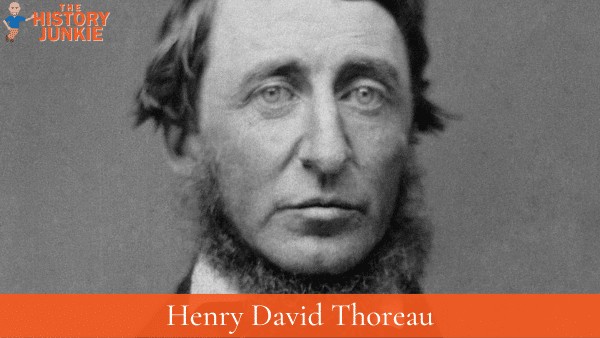
Henry David Thoreau was an American author, poet, philosopher, abolitionist, naturalist, tax resister, development critic, surveyor, and civil disobedience theorist.
He is best known for his book Walden, a reflection upon simple living in natural surroundings, and his essay "Civil Disobedience," an argument for individual resistance to civil government in moral opposition to its policies.
Thoreau was born in Concord, Massachusetts, on July 12, 1817. He was educated at Harvard University, where he studied classics and philosophy. After graduating from Harvard, Thoreau worked as a teacher and a pencil maker. However, he eventually gave up these jobs to focus on his writing and his philosophy of simple living.
In 1845, Thoreau built a small cabin on Walden Pond near Concord. He lived in the cabin for two years and two months, during which time he wrote extensively about his experiences. Walden was published in 1854 and became an instant classic.
Thoreau was also a vocal critic of slavery and social injustice. He refused to pay taxes to support the Mexican-American War, and he spent a night in jail for his refusal. He also wrote extensively about the importance of civil disobedience, arguing that individuals have a moral obligation to disobey unjust laws.
Also Read: Henry David Thoreau Family Tree
3. Louisa May Alcott
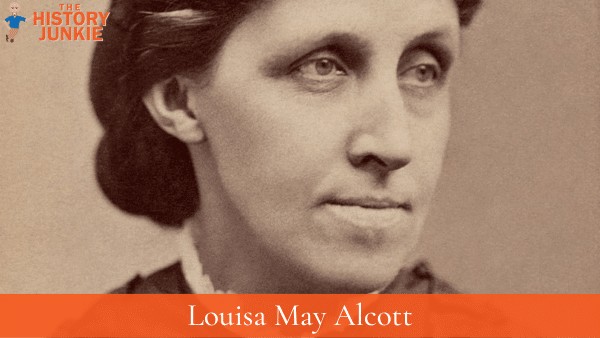
Louisa May Alcott was an American novelist, poet, and short story writer. She is best known for her novel Little Women (1868), which was based on her own experiences growing up.
Alcott was born in Germantown, Pennsylvania, on November 29, 1832. She was the second of four daughters born to Amos Bronson Alcott, a transcendentalist philosopher and educator, and Abigail May Alcott, a social reformer and philanthropist.
The Alcotts were a close-knit family, and their home was a gathering place for many of the leading thinkers of the day, including Ralph Waldo Emerson, Henry David Thoreau, and Margaret Fuller. Louisa May Alcott was deeply influenced by her parents' idealism and their commitment to social justice.
Alcott began writing at a young age, and her first published work was a poem that appeared in a Boston newspaper when she was 16 years old. She went on to write novels, short stories, and poems, but she is best known for her novel Little Women.
Little Women is a semi-autobiographical novel that tells the story of the March sisters, four young women who learn to live on their own during the Civil War. The novel was a commercial success and was adapted into a number of films and television shows.
Alcott also wrote a number of other novels, including Little Men (1871), Jo's Boys (1886), and Eight Cousins (1875). She also wrote short stories, poems, and essays.
Alcott was a strong advocate for women's rights and social justice. She was a member of the American Equal Rights Association and the Massachusetts Suffrage Association. She also worked as a nurse during the Civil War.
Also Read:
Short List of 13 Famous Books by Louisa May Alcott
Louisa May Alcott Family Tree
4. Kate Chopin
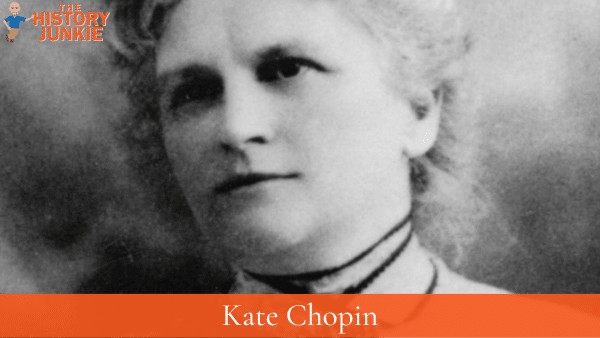
Kate Chopin was an American author of short stories and novels based in Louisiana. Her work was considered controversial at the time for its frankness about sexuality and its exploration of female desire and independence. She is considered a forerunner of 20th-century feminist authors.
Chopin was born in St. Louis, Missouri, in 1850. She was of French descent and grew up speaking French as her first language. She married Oscar Chopin, a cotton planter from New Orleans, and had six children.
After her husband's death in 1879, she moved back to St. Louis and began writing short stories. Her first story, "Athenais," was published in 1890.
Chopin's stories were often about the lives of women in the American South. She wrote about their struggles with poverty, loneliness, and unfulfilled dreams. Her stories were also known for their frankness about sexuality.
Also Read:
Kate Chopin Short Biography
Kate Chopin Family Tree
5. Walt Whitman
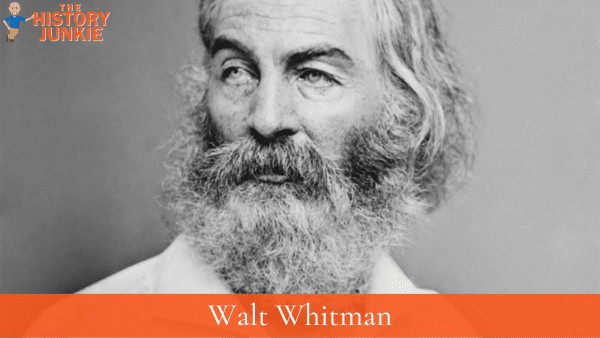
Walt Whitman was an American poet, essayist, journalist, and publisher. He is considered one of the most important figures in American literature, and his work has had a profound impact on American culture.
Whitman was born in West Hills, New York, in 1819. He was the third of eight children born to Walter Whitman, a carpenter, and Louisa Van Velsor Whitman. Whitman's father died when he was only 12 years old, and his mother raised him and his siblings.
Whitman began his working life as a printer's apprentice. He also worked as a teacher, a journalist, and a government clerk. In 1855, he self-published the first edition of Leaves of Grass, a collection of poems that would become his magnum opus.
Leaves of Grass was a controversial work when it was first published. It was criticized for its explicit language and its celebration of the physical body. However, the collection has since become one of the most important works of American literature. It has been praised for its originality, its power, and its vision of America.
Whitman continued to work on Leaves of Grass throughout his life. He revised the collection several times, adding new poems and changing the order of the existing poems. The final edition of Leaves of Grass, published in 1892, contained 383 poems.
Also Read:
A Short List of 8 Famous Poems by Walt Whitman
Walt Whitman Family Tree
6. Herman Melville
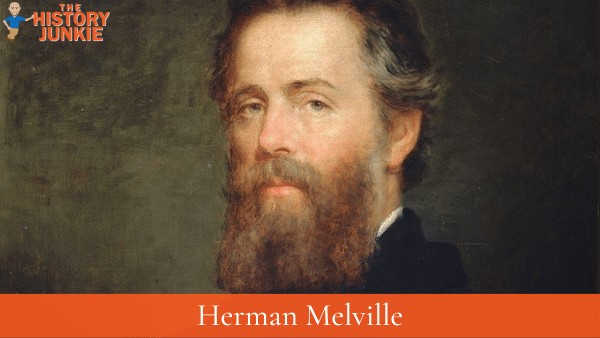
Herman Melville was an American novelist, short story writer, and poet who lived during the American Renaissance period. His most famous works include the novel Moby-Dick (1851), the travelogue Typee (1846), and the novella Billy Budd, Sailor (1924).
Melville was born in New York City in 1819. He went to sea at the age of 19 and served on merchant ships and whalers for four years. His experiences at sea inspired many of his early works.
In 1846, Melville published Typee, an account of his time on a South Seas island. The book was a success, and Melville published two more travelogues about his South Seas experiences, Omoo (1847) and Mardi (1849).
In 1851, Melville published Moby-Dick, his masterpiece. The novel tells the story of a whaling voyage and the obsessive quest of Ahab, the captain of the Pequod, for revenge on the white whale Moby Dick. Moby-Dick was not a commercial success at the time of its publication, but it is now considered one of the greatest novels ever written.
Melville published several more novels after Moby-Dick, but none of them were as successful. He also wrote short stories, poems, and essays. Melville died in 1891, largely forgotten. However, his work has been rediscovered in recent years, and he is now considered one of the most important American writers of the 19th century.
Also Read:
7. Nathaniel Hawthorne
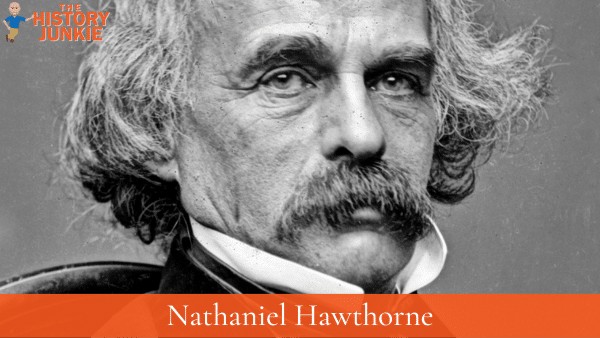
Nathaniel Hawthorne was an American novelist and short story writer. He is best known for his novels The Scarlet Letter (1850) and The House of the Seven Gables (1851), which are considered classics of American literature.
Hawthorne was born in Salem, Massachusetts, in 1804. He was the son of a sea captain and a descendant of the judges who presided over the Salem witch trials. Hawthorne's childhood was marked by a sense of guilt and isolation, which would later be reflected in his work.
Hawthorne attended Bowdoin College, where he met Henry Wadsworth Longfellow and other writers. After graduating, he worked as a surveyor and a customs inspector. In his spare time, he wrote short stories and novels.
In 1850, Hawthorne published The Scarlet Letter, a novel about a woman who is forced to wear the scarlet letter A as punishment for adultery. The novel was a success, and it established Hawthorne as a major American writer.
In 1851, Hawthorne published The House of the Seven Gables, a novel about a family that is haunted by the sins of its ancestors. The novel was also a success, and it is considered one of Hawthorne's finest works.
Hawthorne continued to write short stories and novels until his death in 1864. His work is known for its use of allegory and symbolism, and it often explores themes of guilt, sin, and redemption.
Also Read:
Nathaniel Hawthorne Family Tree
8. Edgar Allen Poe
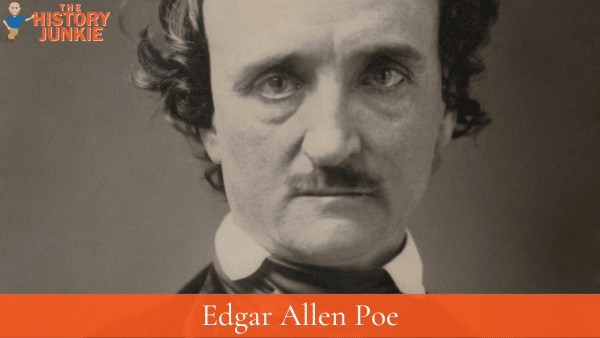
Edgar Allan Poe was an American writer, poet, editor, and literary critic. He is best known for his short stories, which are often dark and macabre. His poems include "The Raven" and "The Tell-Tale Heart."
Poe was born in Boston, Massachusetts, and orphaned at a young age. He was raised by John and Frances Allan, a wealthy couple in Richmond, Virginia. Poe attended the University of Virginia but left after two years due to financial difficulties. He then moved to Baltimore, Maryland, where he worked as a printer's apprentice.
In 1833, Poe published his first collection of poems, Tamerlane and Other Poems. The book was not a success, and Poe struggled to make a living as a writer. He worked as an editor for several magazines, but he was often fired for his drinking and erratic behavior.
In 1845, Poe published his most famous poem, "The Raven." The poem was a critical and commercial success, and it helped to establish Poe as a leading writer of the American Romantic movement.
Poe continued to write short stories and poems, but he also turned his attention to literary criticism. He edited several magazines and published essays on the theory of poetry. Poe's criticism was often harsh and controversial, but it helped to shape the way that American literature was studied and appreciated.
Poe died in 1849 at the age of 40. His death was mysterious, and there are many theories about what caused it. Some believe that he died of alcohol poisoning, while others believe that he was murdered.
Also Read:
9. Emily Dickinson

Emily Dickinson was an American poet who lived from 1830 to 1886. She is known for her unconventional style and her exploration of themes of love, death, and immortality.
Dickinson was born in Amherst, Massachusetts, into a prominent family. She was a gifted child and excelled in school. However, she withdrew from society as she grew older and became increasingly reclusive. She rarely left her home and only had a few close friends.
Dickinson began writing poetry as a teenager. She wrote over 1,800 poems in her lifetime, but only a handful were published during her lifetime.
Her poems were often unconventional in their form and content. She used dashes and other punctuation marks to create a sense of rhythm and flow. Her poems often explored themes of love, death, and immortality.
Also Read:
10. Ralph Waldo Emerson
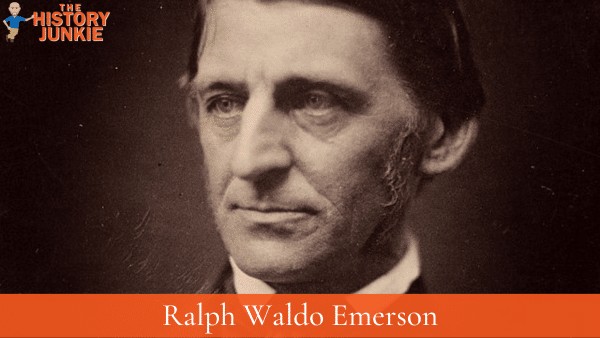
Ralph Waldo Emerson was an American essayist, poet, and philosopher who is considered one of the most important figures of American transcendentalism. He was born in Boston, Massachusetts, in 1803 and graduated from Harvard University in 1821.
Emerson was a prolific writer, and his essays were published in several collections, including Nature (1836), Self-Reliance (1841), and The American Scholar (1837). His poems were collected in Poems (1847) and May-Day and Other Poems (1867).
Emerson's work explored themes of self-reliance, individualism, and the relationship between the individual and the natural world.
He believed that each person has the potential for greatness and that we should not rely on external authorities or institutions. He also believed that nature is a source of inspiration and knowledge.
Also Read:
Ralph Waldo Emerson Family Tree
11. Frances Hodges Burnett
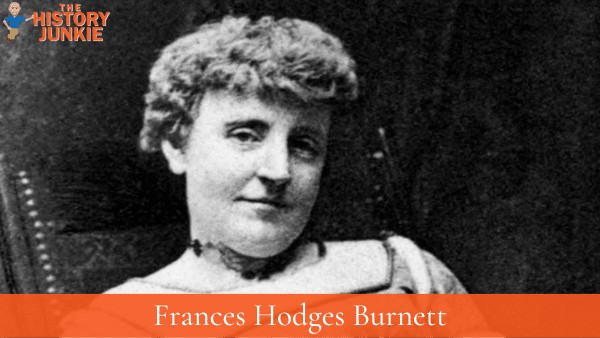
Frances Hodgson Burnett was an Anglo-American novelist and playwright best known for her children's novels Little Lord Fauntleroy (1885) and The Secret Garden (1911). She was also the author of several other popular novels, including The Lost Prince (1915) and A Little Princess (1905).
Burnett was born in Manchester, England, in 1849. She moved to the United States with her family in 1865. She began writing stories and novels in the 1870s, and her first novel, That Lass o'Lowrie's, was published in 1877.
Burnett's novels are known for their strong female characters and their themes of family, friendship, and self-discovery. She was a popular author during her lifetime, and her books have been translated into many languages and adapted into films and television shows.
Also Read:
Frances Hodges Burnett Family Tree
12. Frederick Douglass
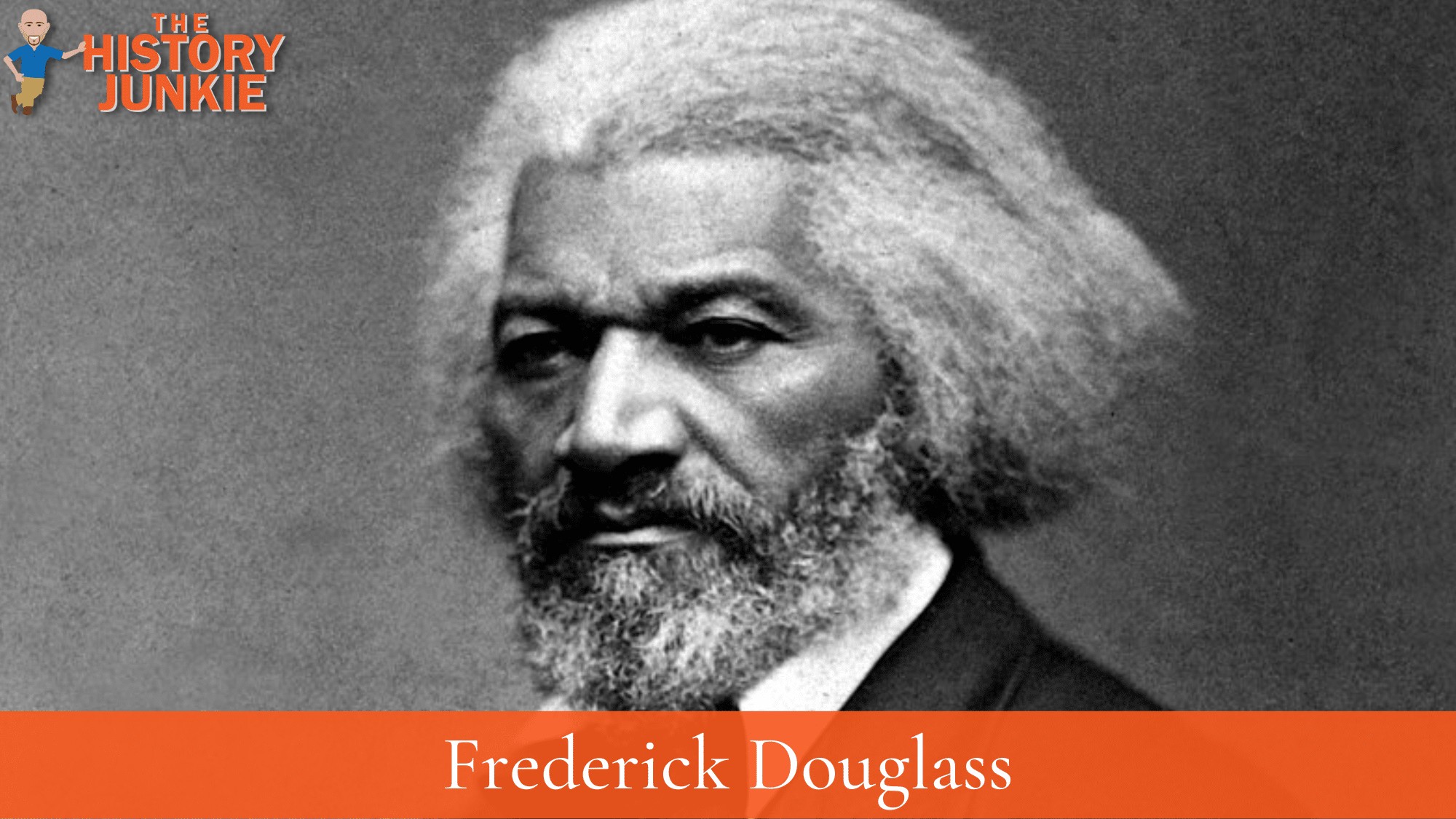
Frederick Douglass was an American social reformer, abolitionist, orator, writer, and statesman. Born into slavery, he escaped to the North in 1838 and became a leading figure in the abolitionist movement.
He published his autobiography, Narrative of the Life of Frederick Douglass, an American Slave, in 1845, which became a bestseller and helped to raise awareness of the evils of slavery.
Douglass was a powerful orator and a gifted writer. He spoke out against slavery in the United States and abroad, and he helped to organize the Underground Railroad, which helped slaves escape to freedom. He was also a vocal advocate for women's rights and civil rights.
Douglass served as a diplomat to Haiti and the Dominican Republic, and he was appointed United States Marshal for the District of Columbia by President Ulysses S. Grant. He died in 1895 at the age of 77.
Also Read:
